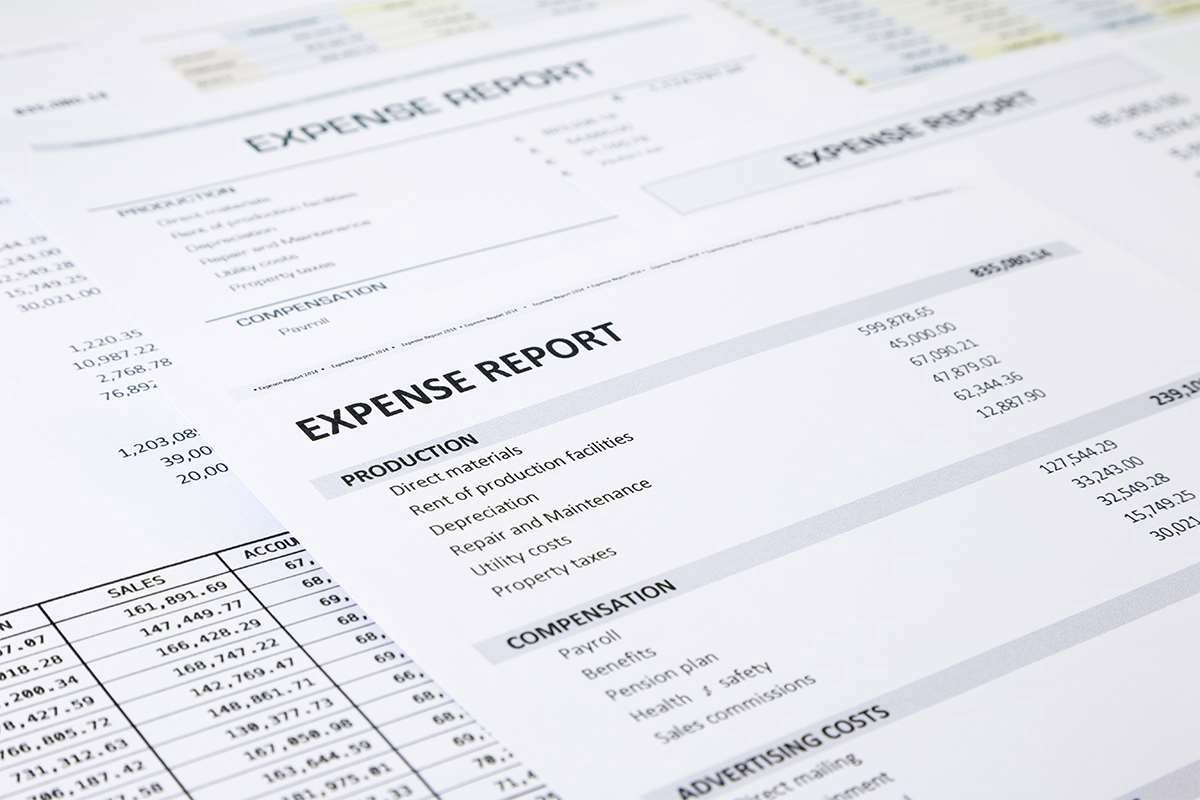
Now that you have a general understand of production costs, lets use this same example to calculate marginal cost. By referencing the marginal cost formula above, it can be computed by dividing the change in total costs by the change in quantity. Change https://www.bookstime.com/articles/statement-of-stockholders-equity in total costs would be $10,000 ($25,000 – $15,000) and change in quantity is 1,000 units. As we can see, fixed costs increase because new equipment is needed to expand production. Variable costs also increase as more staff and raw materials are needed.

That is why the marginal cost curve (MC curve) starts with a higher value. Then it shows a decline as with the same fixed cost, many units are produced, keeping the cost of production low. After it reaches the minimum level or point, it again starts rising to show a rise in the cost of production. It is because of the exhaustion of resources or the overuse of resources.
Understanding Marginal Cost
This is caused by diminishing marginal productivity which we discussed earlier in the Production in the Short Run section of this chapter, which is easiest to see with an example. As the number of barbers increases from zero to one in the table, output increases from 0 to 16 for a marginal gain (or marginal product) of 16. As the number rises from one to two barbers, output increases how to calculate marginal cost from 16 to 40, a marginal gain of 24. From that point on, though, the marginal product diminishes as we add each additional barber. For example, as the number of barbers rises from two to three, the marginal product is only 20; and as the number rises from three to four, the marginal product is only 12. Let’s say it cost the company $500,000 to manufacture 1,000 exercise bikes.
- This is an important piece of analysis to consider for business operations.
- SuperMoney.com is an independent, advertising-supported service.
- Marginal cost is often graphically depicted as a relationship between marginal revenue and average cost.
- Therefore, the marginal benefit to the consumer decreases from $100 to $50 with the additional unit of the dining room table.
- You must know several production variables, such as fixed costs and variable costs in order to find it.
The average cost may be different from marginal cost, as marginal cost is often not consistent from one unit to the next. Marginal cost is reflective of only one unit, while average cost often reflects all unit produced. Businesses may experience lower costs of producing more goods if they have what are known as economies of scale. For a business with economies of scale, producing each additional unit becomes cheaper and the company is incentivized to reach the point where marginal revenue equals marginal cost.


